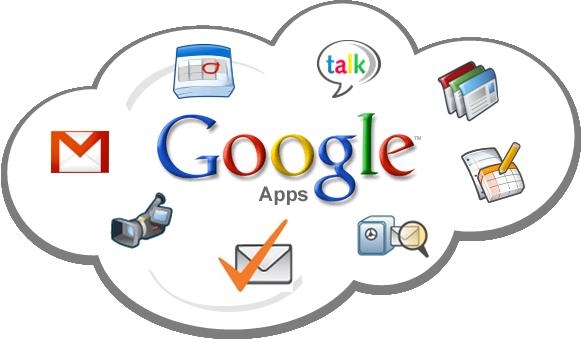Google’s Cloud Issues Should not be Taken Lightly
3 min read

Gmail breakdown, few days back, was not a normal thing. Chrome browsers were also affected by viral codes, causing trouble to the users. Now cloud services and native clients are more or less same thing, thus organizations can no longer bear such blunders.
Monday was not the day for Google as Gmail and Google Drive services collapsed for more than forty minutes in the afternoon. Gmail accounts were hit more severely than Google Apps accounts, as per reports.
Coincidently, at the same time, many Chrome users complained about absolute browser crash. A huge problem indeed, as all internet related tasks were halted for sometime. The curious thing is, like all other browsers, Chrome also sandbox single tabs. If a bad script makes it way to the tab through a corrupt page, then only that tab will stop functioning, not the entire browser.
Reasons and Explanations
These two incidents are apparently not related. Chrome browser problem was generated by Google Sync service, a facility that allows Chrome consumers to sync their priorities and bookmarks.
Tim Steele, Chrome developer, accused the hidden Chrome Sync servers for the problem. Chrome Sync servers were not functioning properly due to the change in load balancing configuration of their quota management system. The change was not correct and ended up causing this problem.
Steele’s remark suggests that Chrome crash was due to the Sync problem rather than Gmail breakdown.
“That change was to a core piece of infrastructure that many services at Google depend on. This means other services may have been affected at the same time, leading to the confounding original title of this bug [‘When Gmail is down, Chrome Sync crashes Chrome’],” Steele explained.
“Because of the quota service failure, Chrome Sync Servers reacted too conservatively by telling clients to throttle ‘all; data types, without accounting for the fact that not all client versions support all data types.”
Consequences for Organizations
Overall, it was not a big deal. The problem was resolved in half an hour. And it did not hurt each and every Chrome browser because not all Chrome consumers use Sync.
But still it should not be taken lightly. If the situation is analyzed closely, a little change was made to software in the cloud and immediate results were disruption in service for users. The transfer of one’s problem to other associating services is the real concern. Though Gmail was unharmed, but browsers suffered without any reason.
Yes, it is expected of a cloud service to misbehave once in a blue moon. These things are part and parcel of working in cloud. But having a client installed on our computers crash too, is unacceptable, as other tasks related to the disrupted service have to wait.
For an organization that has spent tons of money to buy these services, the scenario must be completely opposite. Organizations require high standards of settings, which are often far ahead of what is available in normal user market, because they cannot tolerate mistakes.
It is true that cloud based apps, for instance Google and Office 365, run high risks of security and one can never be sure of their safety.
However, it is not wise to quit using cloud based technology. The advantages of cloud are too huge to disregard. But, this simply does not mean that services like Google take such massive errors easily. If Google really want to stay in market then seriousness is the only key. It must check and re check any configuration changes before actually applying it.
And playing safe becomes even more evident for Google as now the company is charging for “Google Apps for business”. So, when money is involved, the chances to lose it always exist.




